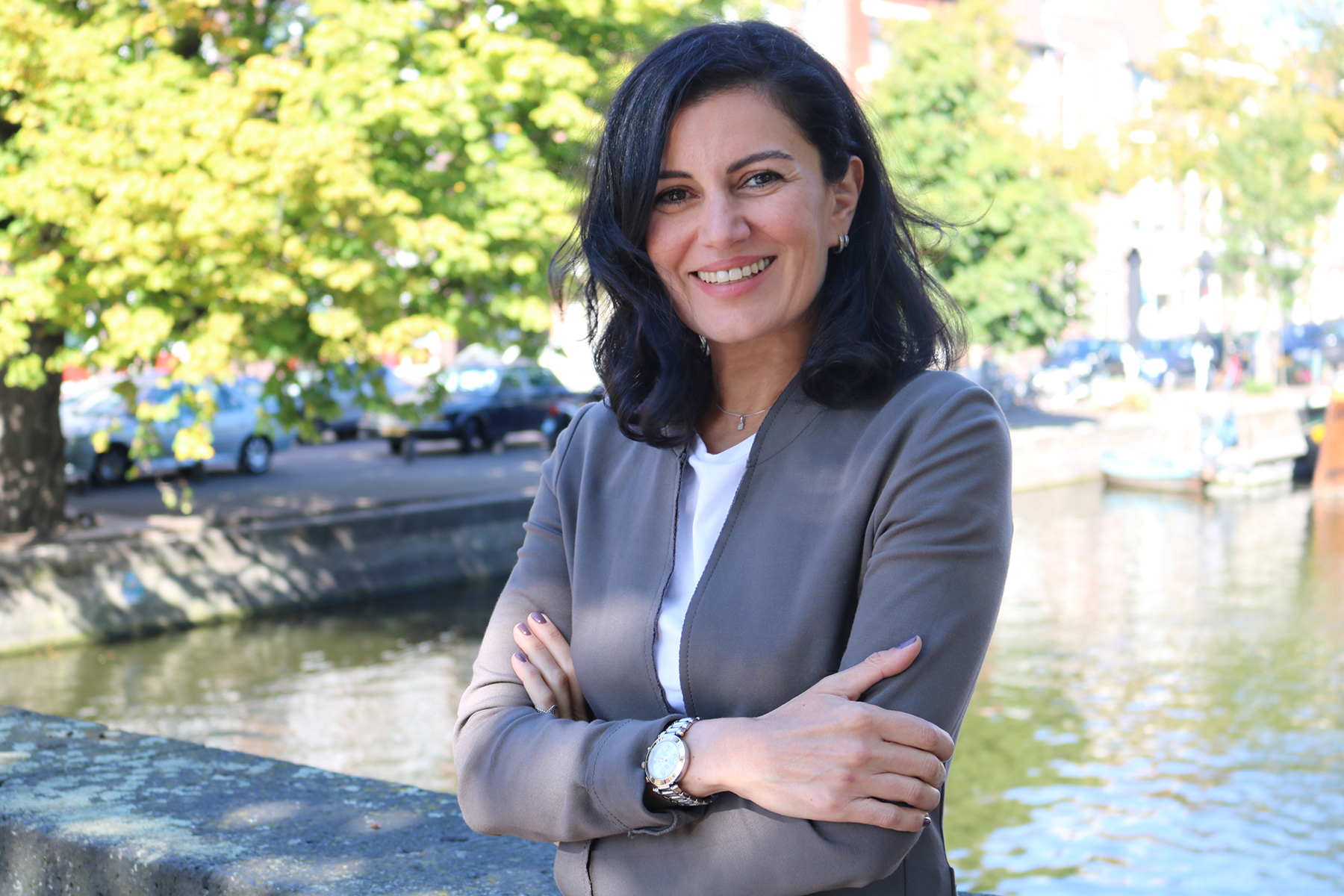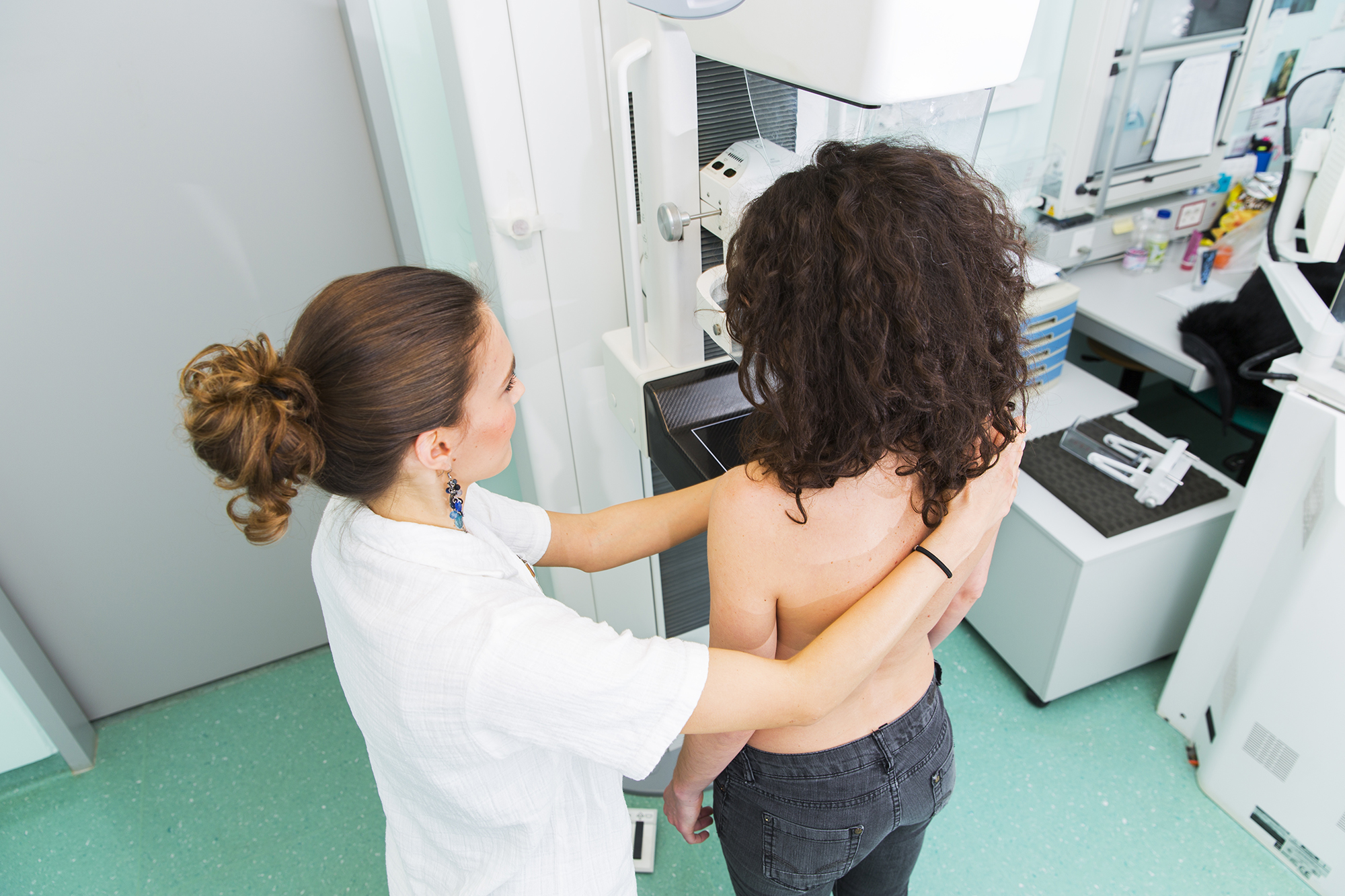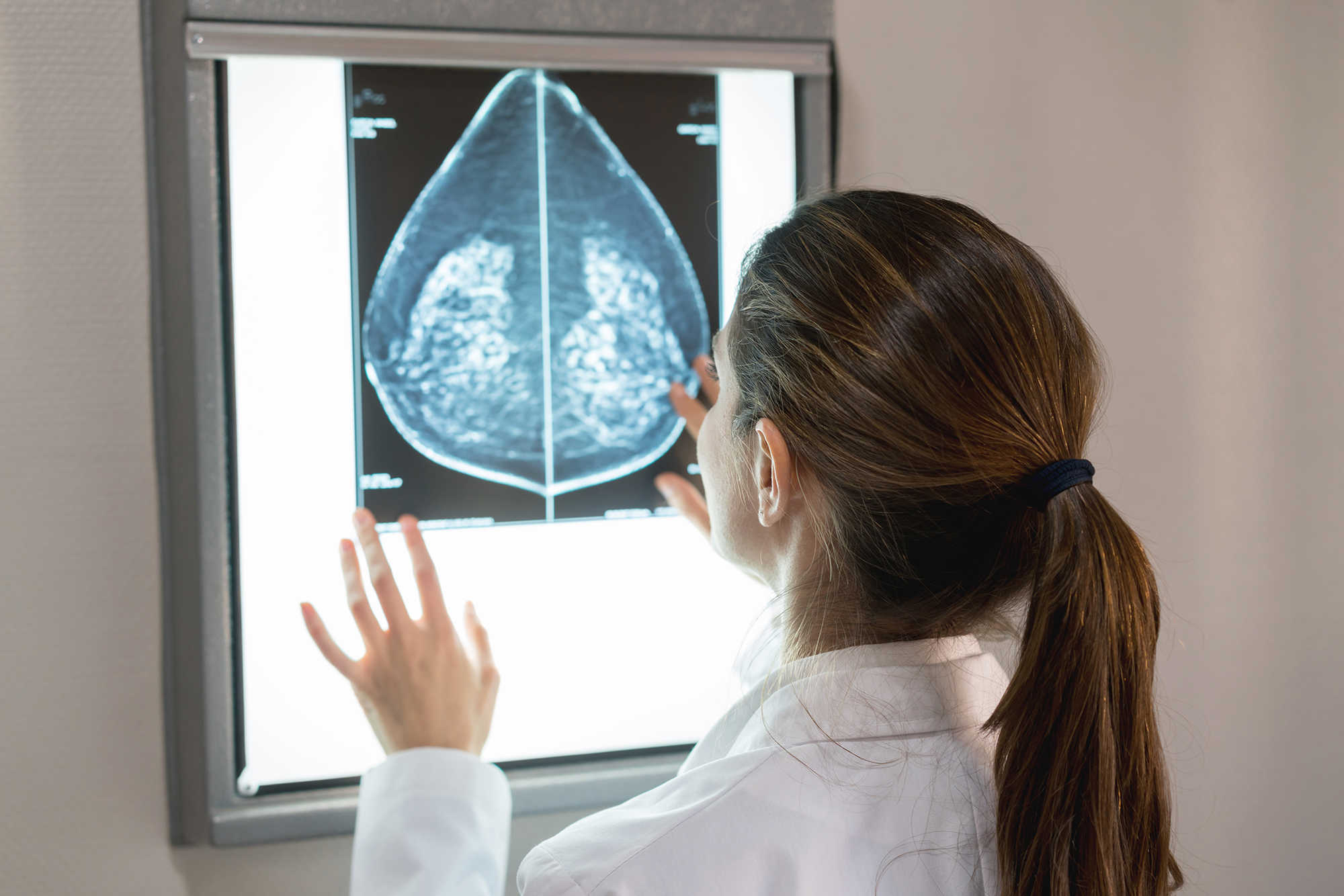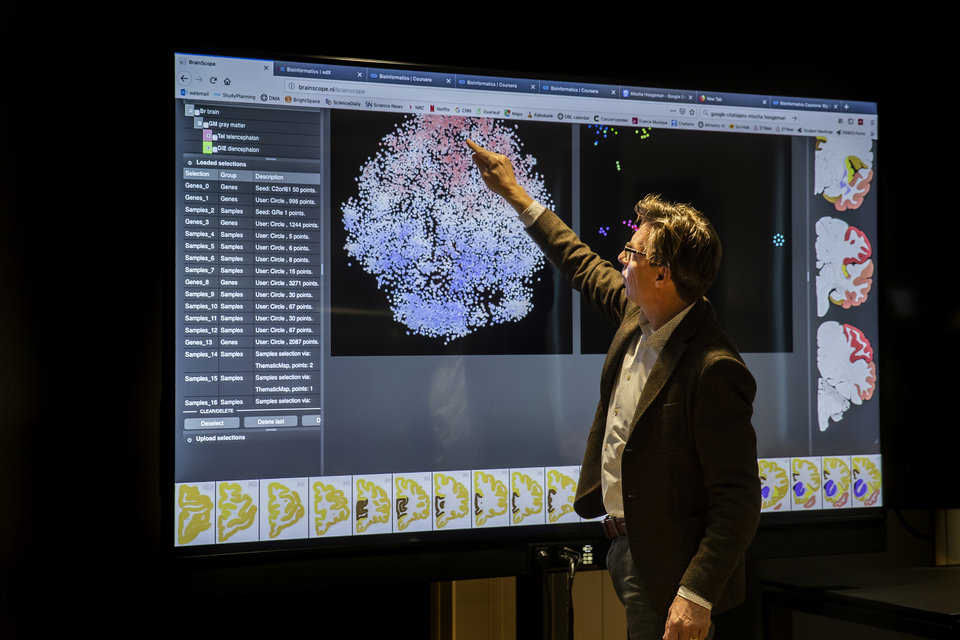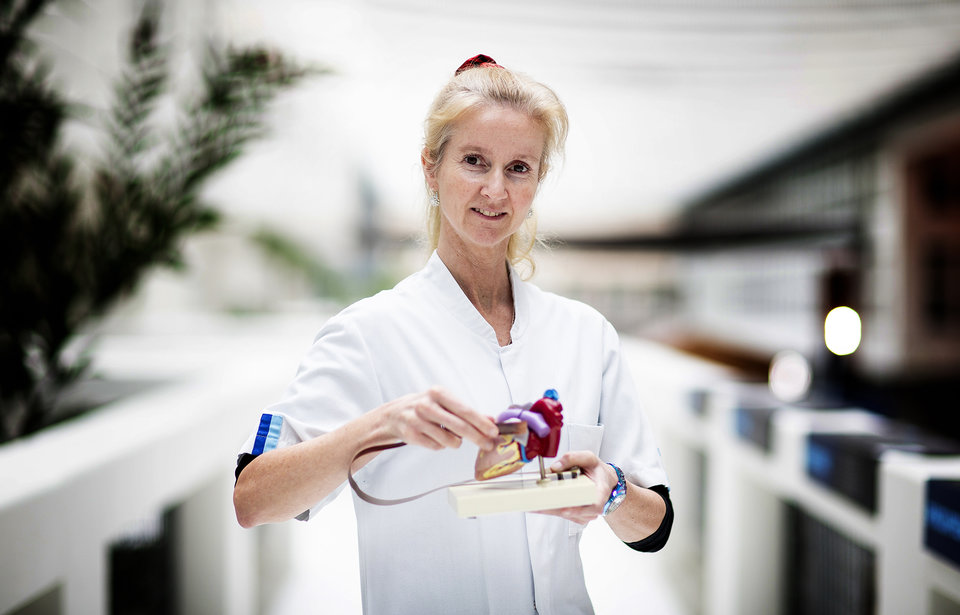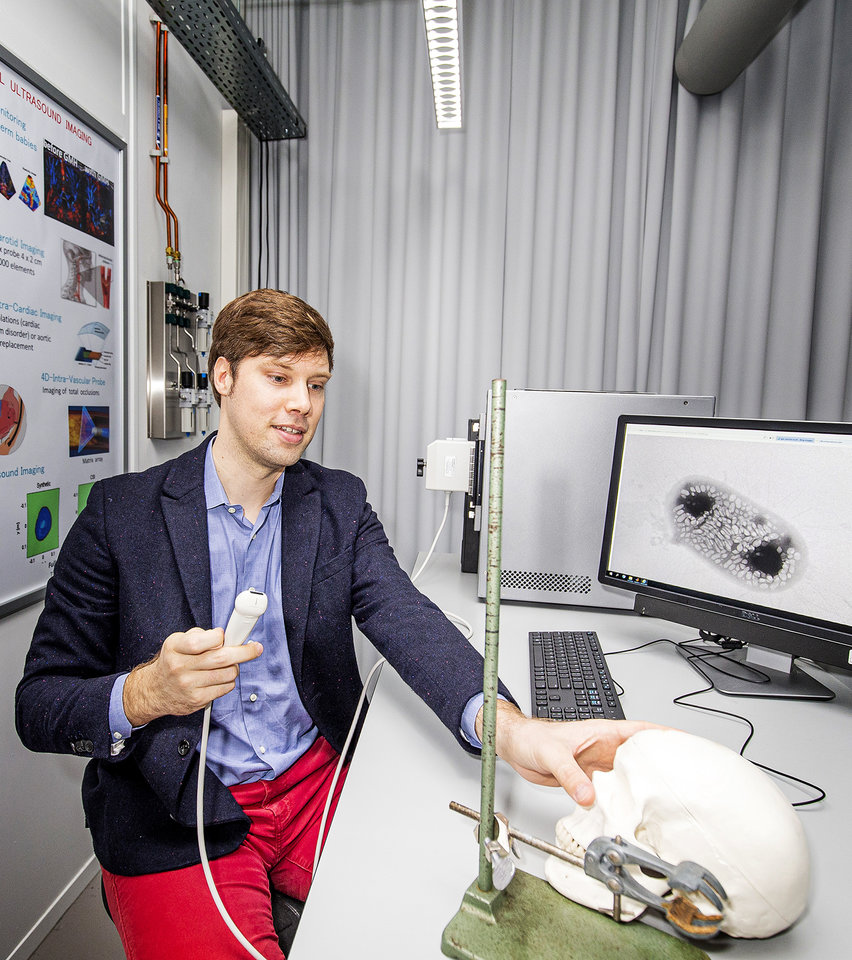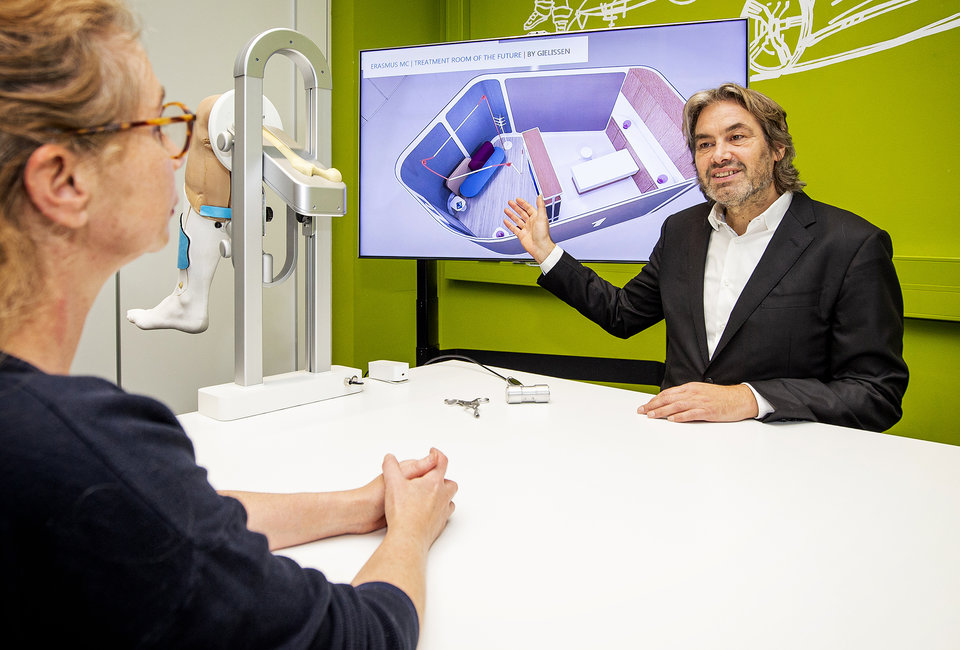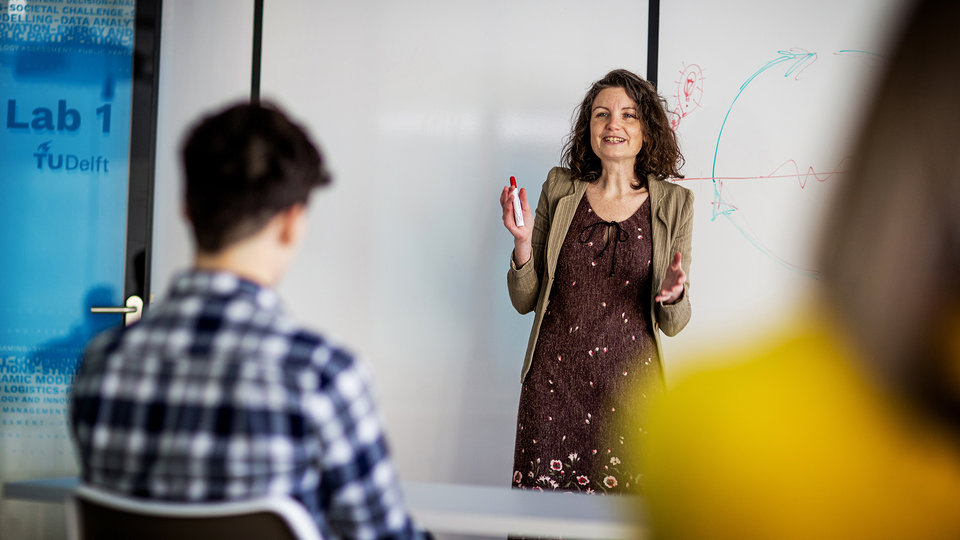Nanoparticles in the fight against breast cancer
Each year, approximately 17,000 people in just the Netherlands alone are diagnosed with breast cancer. Fortunately, the chances of survival are steadily increasing, but treatments for breast cancer can have severe impact on the body and patient quality of life. This is why Kristina Djanashvili is working with her team in Delft on an effective and less invasive one-stop-shop therapy using nanoparticles.
“The impact of existing treatments for breast cancer is considerable,” explains Kristina. “An operation is damaging to the body and a breast amputation has a large psychological effect on a woman. Radiotherapy often damages healthy tissues and chemotherapy is very intense and stressful for the body. For this reason, our research is aimed at providing the most precise treatment possible, with the least possible stress and damage for the patient.”
Precise breast cancer treatment is possible because of an increasing capacity for an early diagnosis and more accurate mapping of the tumour. “We are currently working on a method in which nanoparticles can be injected directly into the tumour using an ultra-fine needle. These particles are made up of iron oxide and are radioactively charged. Once the particles have been injected, they are heated by a special device using alternating magnetic fields. This simultaneously irradiates and heats the tumour from the inside out, an extremely effective method for destroying cancer cells. Healthy parts of the body are spared because we inject directly into the tumour.”
One-stop-shop treatment
If this method proves successful, just one treatment may be sufficient. “Our treatment is a one-stop-shop approach. It is a single treatment that continues to work in the body because the nanoparticles bond with the cancer cells. Just imagine what a positive difference it would make for both the patient and the healthcare provider if we could replace a whole series of radiotherapy sessions with one single, less stressful session.” But we are not there yet.
The nanoparticle design needs to be very accurate and it is a sensitive process. “The material quality, size and shape are all variables that affect functionality and application. The question of how the particles are inserted is also important: they need to be kept together long enough so they can be targeted to the right location, yet loose enough to work as individual particles upon arrival. We are now working on a special gel to achieve this.”
Towards treatment
It is hard to predict when the first patients will be able to be treated using this method, as this depends on many factors. Kristina Djanashvili is optimistic, though. “We have a distinct advantage due to the close involvement of Erasmus MC; our research is a true collaboration. They have the equipment for producing the heat, the knowledge of the physics and the models to determine the proper dosage. Medical practitioners are already involved in the research, and this will make the eventual practical application more straightforward. I expect that we may have a working prototype within two years’ time.”
The research is presently in the fundamental phase. “It is very important to get support right now. Additional budget will allow us to purchase extra measuring equipment and so speed up our research. With our prototype, we will soon be the first to demonstrate that it is possible to fight breast cancer from the inside out using thermotherapy and radiotherapy simultaneously. After this breakthrough, the time will be ripe for other parties to join, shortening the time required to get the treatment to patients.”
Will you help?
Breast cancer treatment should preferably have as few consequences for the patient as possible. Kristina Djanashvili is working on a method that makes it possible to irradiate and heat the tumour very precisely with locally applied magnetic, radioactively charged nanoparticles.
Donate nowOther types of cancer
Once its success is proven, the method may potentially be suitable for other types of cancer, such as prostate cancer, expanding the range of patients that will benefit. “That would of course be fantastic. Cancer is a terrible disease. Everybody knows someone who has been affected by cancer, and one in seven women in the Netherlands will get breast cancer. Fortunately, there are already treatments, but these are still far from ideal. There really is much we can improve here.”
Our treatment is a one-stop-shop approach: a single treatment that continues to work in the body.
Kristina Djanashvili
Researcher profile
Name: Kristina Djanashvili
Age: 50 years
Grew up in: Tbilisi, Georgia
Specialisation: Applied chemistry for imaging and therapy
Potential application: one-stop-shop treatment for breast cancer
Faculty: Applied Sciences
In partnership with: Erasmus MC
Donation to be spent on: purchase of extra measuring equipment
Why TU Delft
When I came to Delft back in 2001, it was not a deliberate choice, but that I am still here twenty years later is very much so. The partnership with Erasmus MC and the presence of Reactor Institute Delft make TU Delft the perfect place for my research. There is also a lot of chemical know-how in Delft. When you combine this with another strong point – engineering – and add medical knowledge to this, unimaginable new developments emerge.

